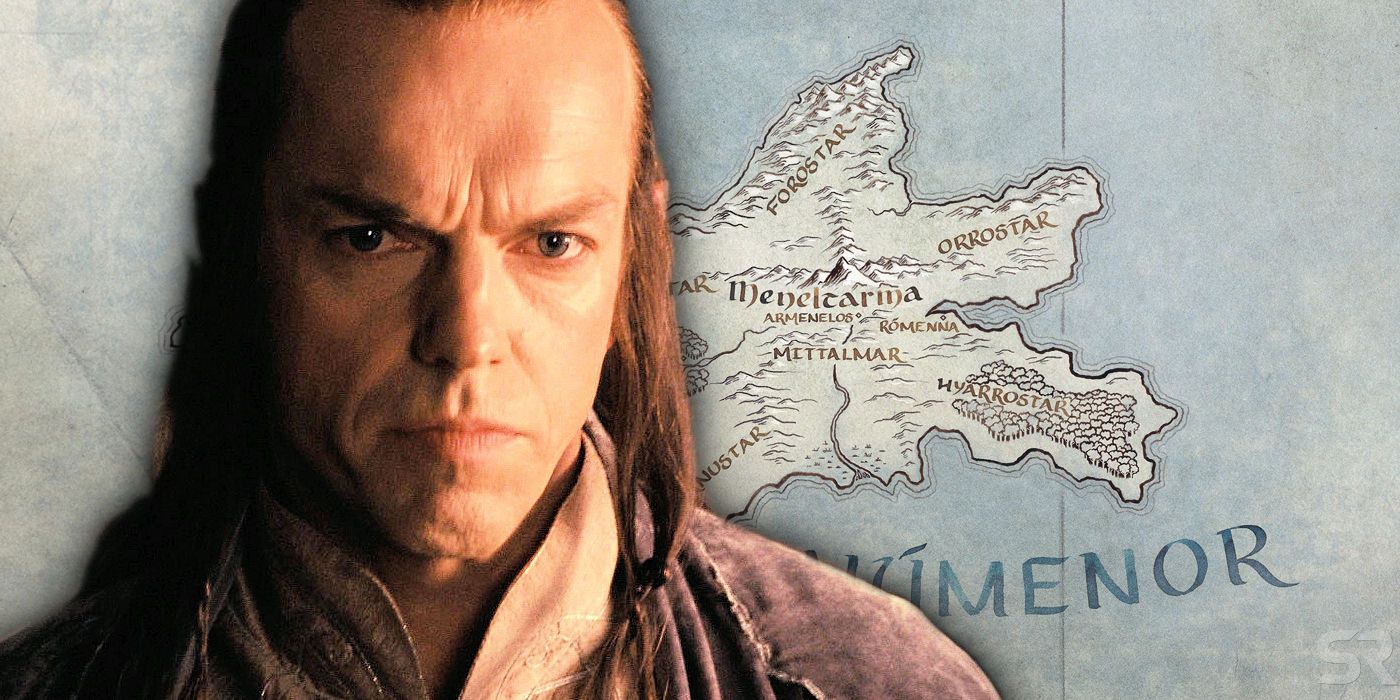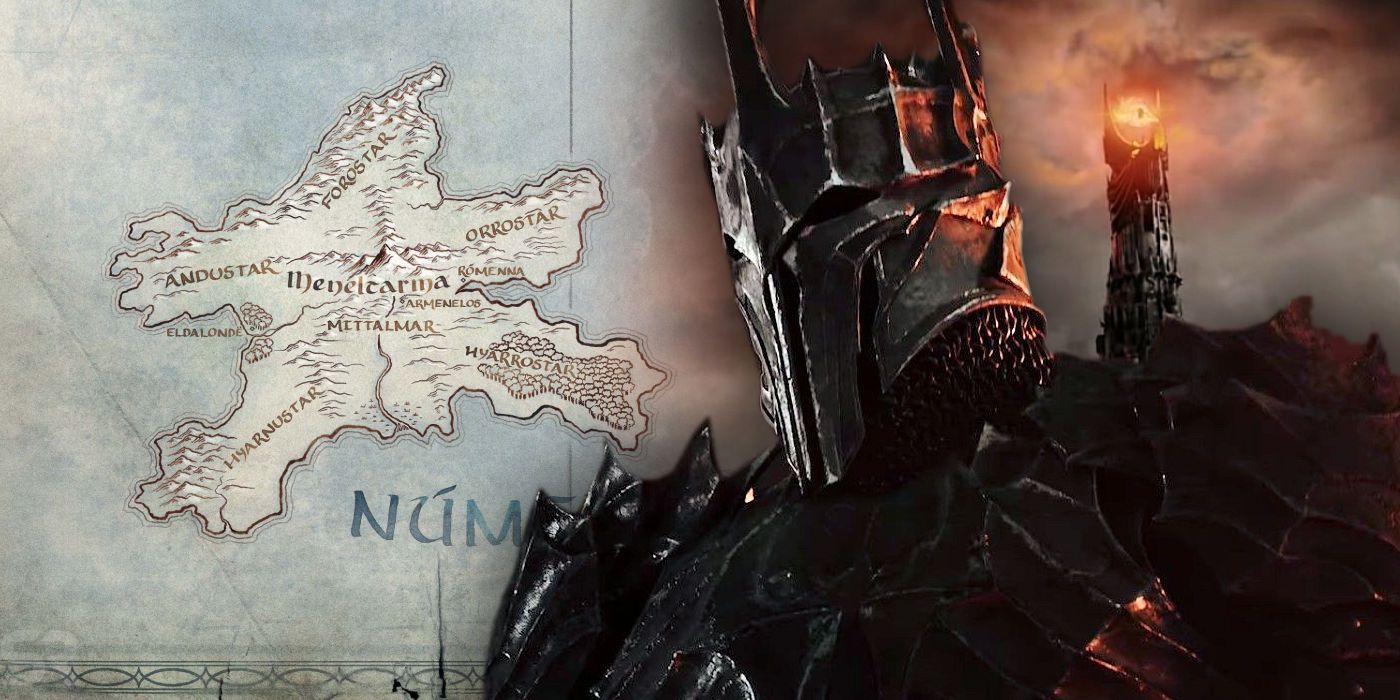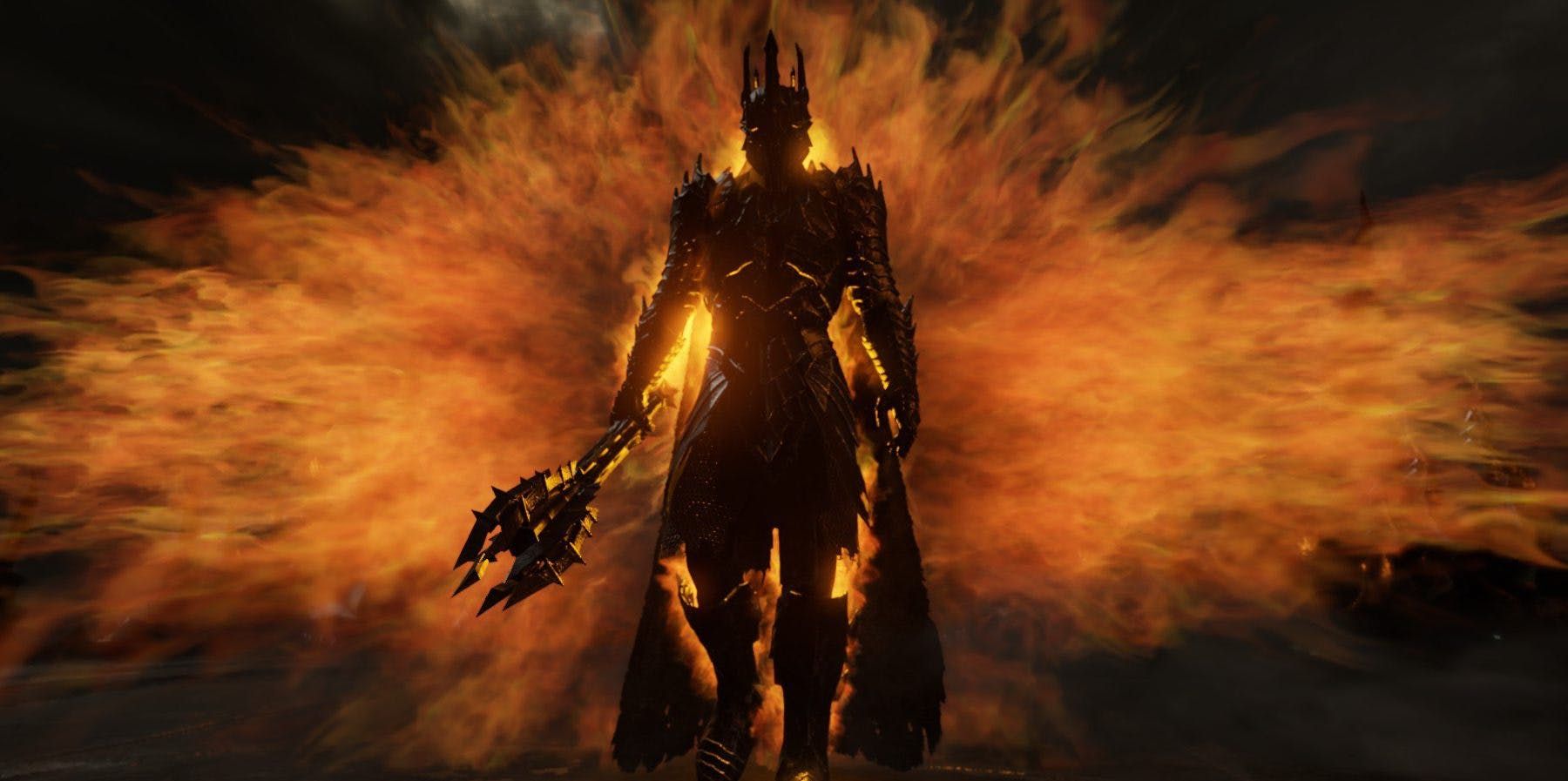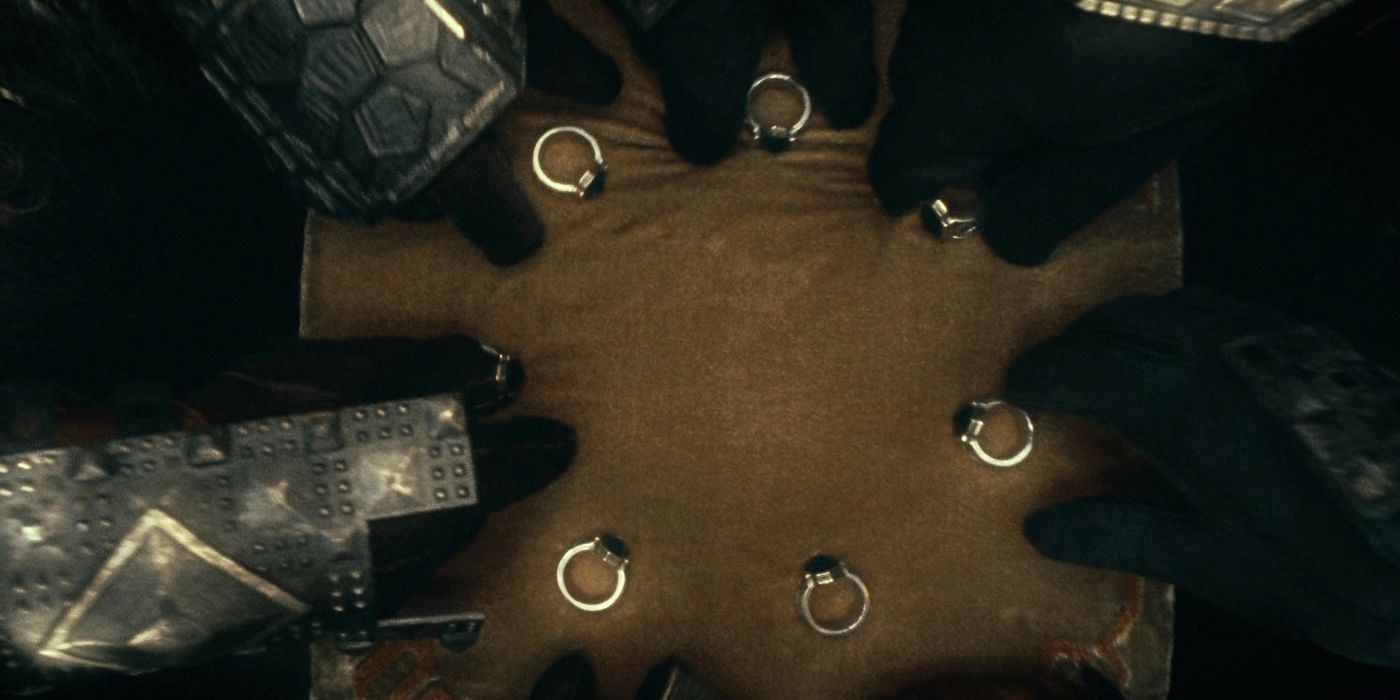Amazon Prime is taking people back to Middle-earth with their Lord of the Rings TV show, which has its story set during the Second Age. Development on the new Lord of the Rings TV show is officially underway with lots of key information - casting, production details, and so forth - still being kept under wraps despite an active Twitter account dropping clues about the show's intended story and time period.
Following Christopher Tolkien's resignation from the Tolkien estate as Estate Director in 2017, Amazon Studios announced plans to develop a new TV show based on the Lord of the Rings story. Unlike Peter Jackson's big screen adaptations of both the Lord of the Rings and The Hobbit stories, it's believed Amazon will cover major events from Middle-earth's Second Age with a focus on Sauron's rise and the forging of the Rings of Power. This storyline was covered briefly in Lord of the Rings: The Fellowship of the Ring but even casual Lord of the Rings fans know that there is much, much more to the story of Sauron's rise and fall.
Despite the lack of confirmed information about the new Lord of the Rings show, we know that it will be set during Middle-earth's Second Age. In J.R.R. Tolkien's history of Middle-earth, time has been split into Four Ages with each Age lasting approximately 3,000 years, give or take. Both The Hobbit and The Lord of the Rings stories take place late in Middle-earth's Third Age, ending with the beginning of the Fourth Age as Aragorn becomes king in Return of the King. Because Amazon's Lord of the Rings series will be taking up back to the Second Age, we'll be meeting an entirely new cast of characters (sorry, Hobbit fans).
Lord of the Rings TV Show Takes Place in Early Second Age
One of the biggest clues about the expected story and time period for Amazon's Lord of the Rings is known from the map featured on the Lord of the Rings Twitter account. Since the account first started tweeting, we've seen new photos of the evolution of Middle-earth regularly posted with the most recent tweet of a map showing a map that confirms the elf kingdom Lorinand and Numenor, the kingdom of men raised from the sea by the Valar, are there. But Mordor and its most prominent landmark, Barad-dur, aren't on the map yet.
Lord of the Rings historians will tell you this means the Amazon series will begin somewhere early in Middle-earth's Second Age before Sauron rose up and the Rings of Power were forged under Celembrior of Eregion. Sauron begins building Barad-dur in S.A. 1000, 500 years after he comes back to Middle-earth. The rise of Numenor runs parallel to Sauron's rise, with tensions beginning in Middle-earth as Sauron makes his power more visible in Mordor. By S.A. 1600, the One Ring has been forged and the story we know of Middle-earth's collective battle to defeat Sauron (the backstory shown in Lord of the Rings: The Fellowship of the Ring) begins.
Based on all of this, the most logical estimate for the time period of Amazon's Lord of the Rings is somewhere between S.A. 1000 and S.A. 1600 but there could be flashbacks, flash-forwards, or time jumps that help to compress the amount of time covered onscreen as the story tracks the major events of the Second Age. What is very clear from the map is that the time period will be focused on the middle of the Second Age and will likely end around the time of the forging of the One Ring and the Rings of Power, ostensibly because we already know the big Lord of the Rings story beats from that point onward.
What Happened In Middle-earth's Second Age?
Knowing that Amazon's Lord of the Rings takes place during the early to mid-Second Age (S.A. 1000-1600) also helps clue viewers in on what events we should expect to see. This time period is mostly focused on the rise of Sauron as well as the lives of elves and men. Amazon's Lord of the Rings story will most likely be concerned with the first rumblings of Sauron's return to Middle-earth and his eventual emergence on the scene in S.A. 1000 as he begins building Barad-dur in Mordor. Until S.A. 1600, Sauron is quietly gaining power as he attempts to control all of Middle-earth. The threat he poses and the ways in which he attempts to get that control will likely figure into the story.
As Sauron begins acquiring more and more power during this time, we know the Numenoreans understand the threat he poses as they begin building safe havens across Middle-earth, including Lond Daer, Umbar, and beyond. The Numenoreans also have long had problems with the Valar, the beings who helped raise Numenor from the sea and give it to the humans. The Valar banned the Numenoreans from sailing too far west for fear they would reach the Undying Lands. The Numenoreans feel wronged by the ban and believe they are owed the right to reach the Undying Lands and get access to immortality. We should expect to see this clash of power figure into the show, too, especially since the Numenoreans' insolence toward the Valar on this issue will help to explain how Numenor comes under the control of Sauron in S.A. 3255 with total ease.
Amazon's Lord of the Rings Can Show The Rings' Forging
Another big clue about where the Lord of the Rings story will go can also be found on the show's Twitter timeline. In addition to sharing screengrabs of the map of Middle-earth in the Second Age, lines from the Rings of Power epigraph have also been shared as captions. The creation of the Rings of Power occurs in S.A. 1500, near the end of the time period the Amazon Lord of the Rings series will most likely cover. Sauron creates the 20 rings - 19 for the human, elf, and dwarf leaders of Middle-earth and one for himself - and allows these leaders to believe the rings will help to keep the balance of power. Unbeknownst to the others, Sauron intends to control them via their rings thanks to Sauron forging his One Ring in the fires of Mount Doom.
The forging of the Rings of Power and Sauron's subsequent forging the One Ring would be the climax of the series because it's such a pivotal event. It's likely that the creation of the rings and the further understanding by the humans, elves, and dwarves of the evil power Sauron now has because of the One Ring will be the main event the Lord of the Rings series will build toward. Since the war to defeat Sauron occupies the latter half of Middle-earth's Second Age, we could also see the first stirrings of an uprising as season 1 comes to a close.




